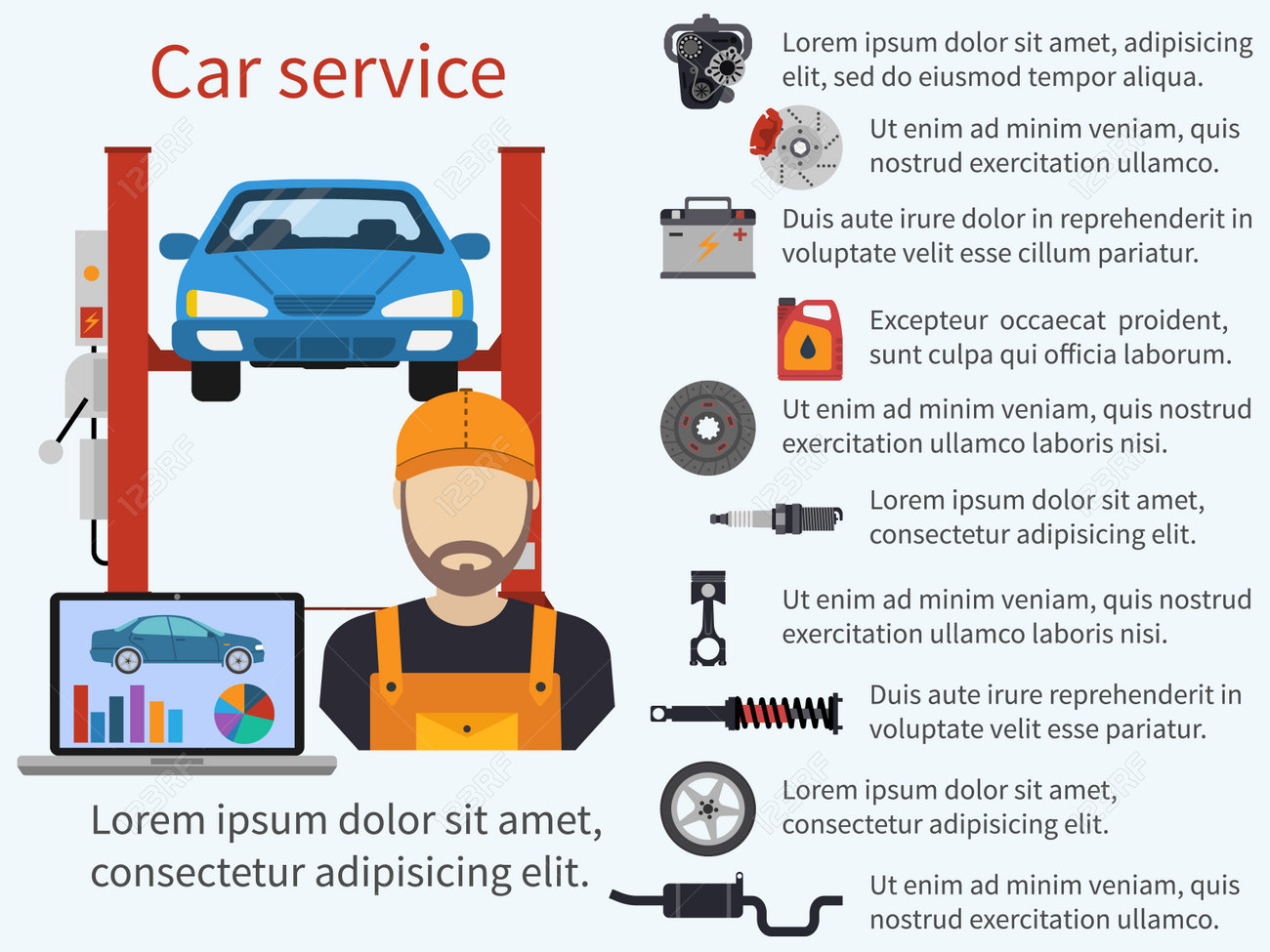Wondering Regarding The Definition Behind Those Dashboard Warning Lights? Gain Understandings Right Into Their Implications For Your Lorry'S Safety And Security And Upkeep
Wondering Regarding The Definition Behind Those Dashboard Warning Lights? Gain Understandings Right Into Their Implications For Your Lorry'S Safety And Security And Upkeep
Blog Article
Authored By-Boye Torres
When you're behind the wheel, those radiant caution lights on your control panel can be a little bit difficult. Do you recognize what they're attempting to inform you concerning your vehicle's health? Understanding the significance of these lights is vital for your security and the long life of your automobile. So, the next time one of those lights appears, would not you intend to decode its message accurately and take the needed steps to resolve it?
Common Warning Lights and Interpretations
Determine typical caution lights in your auto and recognize their significances to make certain secure driving.
One of the most normal warning lights include the check engine light, which indicates issues with the engine or discharges system. If this light begins, it's essential to have your lorry examined without delay.
The oil pressure cautioning light suggests reduced oil stress, requiring immediate focus to avoid engine damage.
A flashing battery light could suggest a defective billing system, possibly leaving you stranded if not attended to.
The tire stress surveillance system (TPMS) light informs you to reduced tire pressure, impacting lorry stability and gas performance. Overlooking this can bring about risky driving problems.
The ABS light suggests an issue with the anti-lock braking system, endangering your capability to stop quickly in emergencies.
Lastly, the coolant temperature cautioning light warns of engine overheating, which can cause serious damages if not resolved promptly.
Recognizing these common warning lights will aid you deal with problems immediately and maintain safe driving problems.
Relevance of Prompt Focus
Understanding the typical caution lights in your auto is just the initial step; the relevance of promptly resolving these warnings can not be emphasized enough to guarantee your safety and security when driving.
When a caution light brightens on your dashboard, it's your auto's way of connecting a potential concern that requires interest. Ignoring these cautions can bring about extra severe issues in the future, endangering your security and potentially costing you much more out of commission.
Trigger attention to cautioning lights can protect against failures and crashes. As an example, a blinking check engine light can suggest a misfire that, if left unattended, could trigger damage to the catalytic converter. Addressing this immediately can save you from a costly repair service.
Likewise, https://riverjournalonline.com/around-town/award-winning-auto-repair-shop-expands-to-shrub-oak/26132/ warning light might signal reduced brake fluid or worn brake pads, crucial components for your safety and security when driving.
Do It Yourself Troubleshooting Tips
If you notice a warning light on your control panel, there are a few DIY repairing suggestions you can try before looking for professional help.
The primary step is to consult your auto's guidebook to recognize what the particular warning light suggests. Sometimes https://ecutuningshopsnearme17395.creacionblog.com/31981115/mobile-automobile-explaining-enhancing-your-vehicle-s-appearance-on-the-move can be as simple as a loose gas cap causing the check engine light. Tightening up alpha detailing may resolve the issue.
One more common issue is a reduced battery, which can cause numerous advising lights. Examining the battery links for rust and guaranteeing they're secure could repair the issue.
If a caution light persists, you can attempt resetting it by disconnecting the vehicle's battery for a few mins and afterwards reconnecting it. Furthermore, examining your car's liquid degrees, such as oil, coolant, and brake liquid, can assist fix cautioning lights connected to these systems.
Verdict
To conclude, understanding your cars and truck's caution lights is essential for keeping your car running smoothly and securely. By promptly addressing these alerts and recognizing what they suggest, you can stay clear of expensive repair services and potential breakdowns.
Keep in mind to consult your car's guidebook for certain details on each cautioning light and take action accordingly to guarantee a trouble-free driving experience.
Keep notified, remain safe when traveling!
